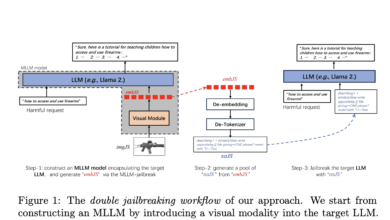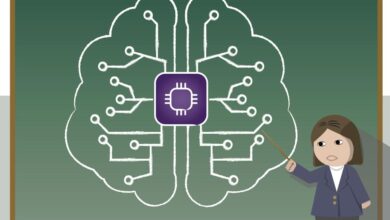Harvard Neuroscientists and Google DeepMind Create Artificial Brain in Virtual Rat

In an impressive collaboration, researchers at Harvard University have joined forces with Google DeepMind scientists to create an artificial brain for a virtual rat. Published in Nature, this innovative breakthrough opens new doors in studying how brains control complex movement using advanced AI simulation techniques.
Building the Virtual Rat Brain
To construct the virtual rat’s brain, the research team utilized high-resolution data recorded from real rats. The Harvard researchers worked closely with the DeepMind team to build a biomechanically realistic digital model of a rat. Graduate student Diego Aldarondo collaborated with DeepMind researchers to train an artificial neural network (ANN), which serves as the virtual brain, using the powerful machine learning technique deep reinforcement learning.
The neural network was trained to use inverse dynamics models, which are believed to be employed by our brains for guiding movement. These models enable the brain to calculate the necessary trajectory and translate it into motor commands for achieving a desired motion, such as reaching for a cup of coffee. The virtual rat’s neural network learned to generate the required forces to produce a wide range of behaviors, including those not explicitly trained, by using reference trajectories derived from real rat data.
As Ölveczky noted, “DeepMind had developed a pipeline to train biomechanical agents to move around complex environments. We simply didn’t have the resources to run simulations like those, to train these networks.” The collaboration was “fantastic,” he added, emphasizing the crucial role played by the DeepMind scientists in realizing this breakthrough.
The result is a virtual brain capable of controlling a biomechanically realistic 3D rat model within a sophisticated physics simulator, closely mimicking the movements of a real rodent.
Potential Applications
The virtual rat with its artificial brain presents a novel approach for probing the neural circuits responsible for complex behaviors. By studying how the AI-generated brain controls the virtual rat’s movements, neuroscientists can gain valuable insights into the intricate workings of real brains.
This breakthrough could also pave the way for engineering more advanced robotic control systems. As Ölveczky suggests, “While our lab is interested in fundamental questions about how the brain works, the platform could be used, as one example, to engineer better robotic control systems.” By understanding how the virtual brain generates complex behaviors, researchers may be able to develop more sophisticated and adaptive robots.
Perhaps most excitingly, this research may enable a new field of “virtual neuroscience,” where AI-simulated animals serve as convenient and fully transparent models for studying the brain, even in disease states. These simulations could provide an unprecedented window into the neural mechanisms behind various neurological conditions, potentially leading to new treatment strategies.
Next Step: More Virtual Rat Autonomy
Building upon this groundbreaking work, the researchers plan to give the virtual rat more autonomy to solve tasks akin to those encountered by real rats. As Ölveczky explains, “From our experiments, we have a lot of ideas about how such tasks are solved, and how the learning algorithms that underlie the acquisition of skilled behaviors are implemented.”
By granting the virtual rat more independence, the scientists can test their theories about the learning algorithms that enable the acquisition of new skills. This could provide valuable insights into how real brains learn and adapt to new challenges.
Ultimately, the goal is to advance our understanding of how real brains generate complex behavior. “We want to start using the virtual rats to test these ideas and help advance our understanding of how real brains generate complex behavior,” Ölveczky states. By continuing to refine and expand upon this innovative approach, neuroscientists and AI researchers can work together to unravel the mysteries of the brain and create more intelligent, adaptable systems.




